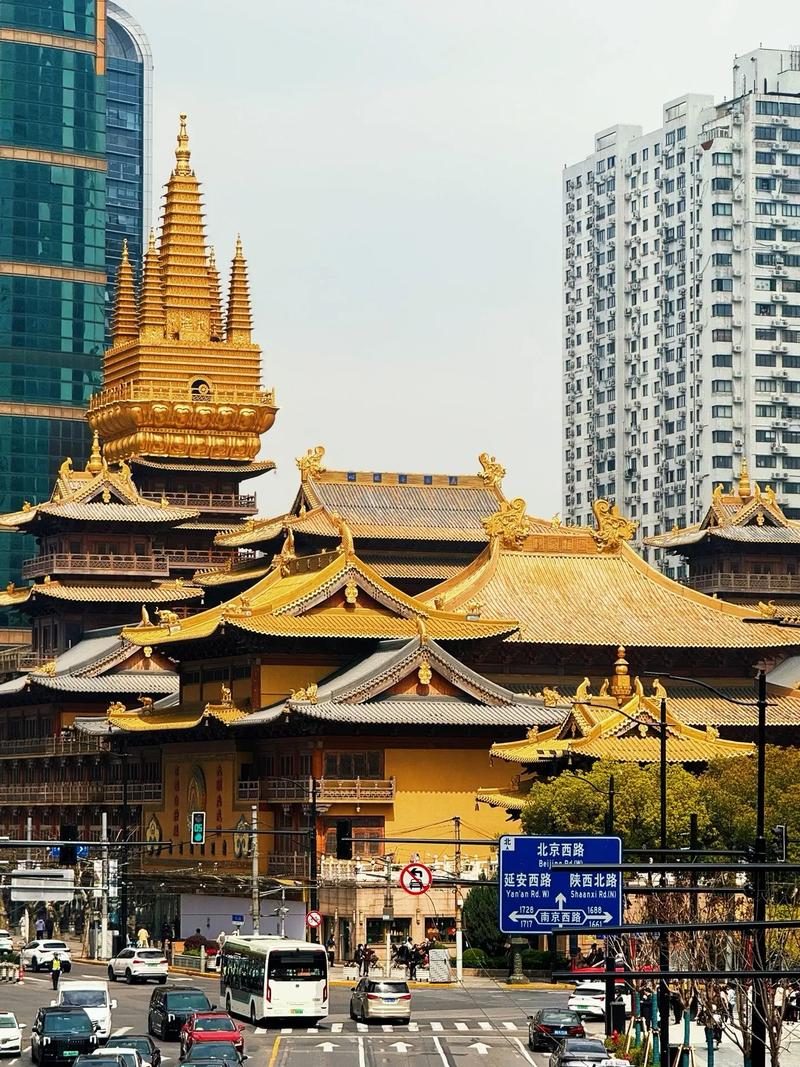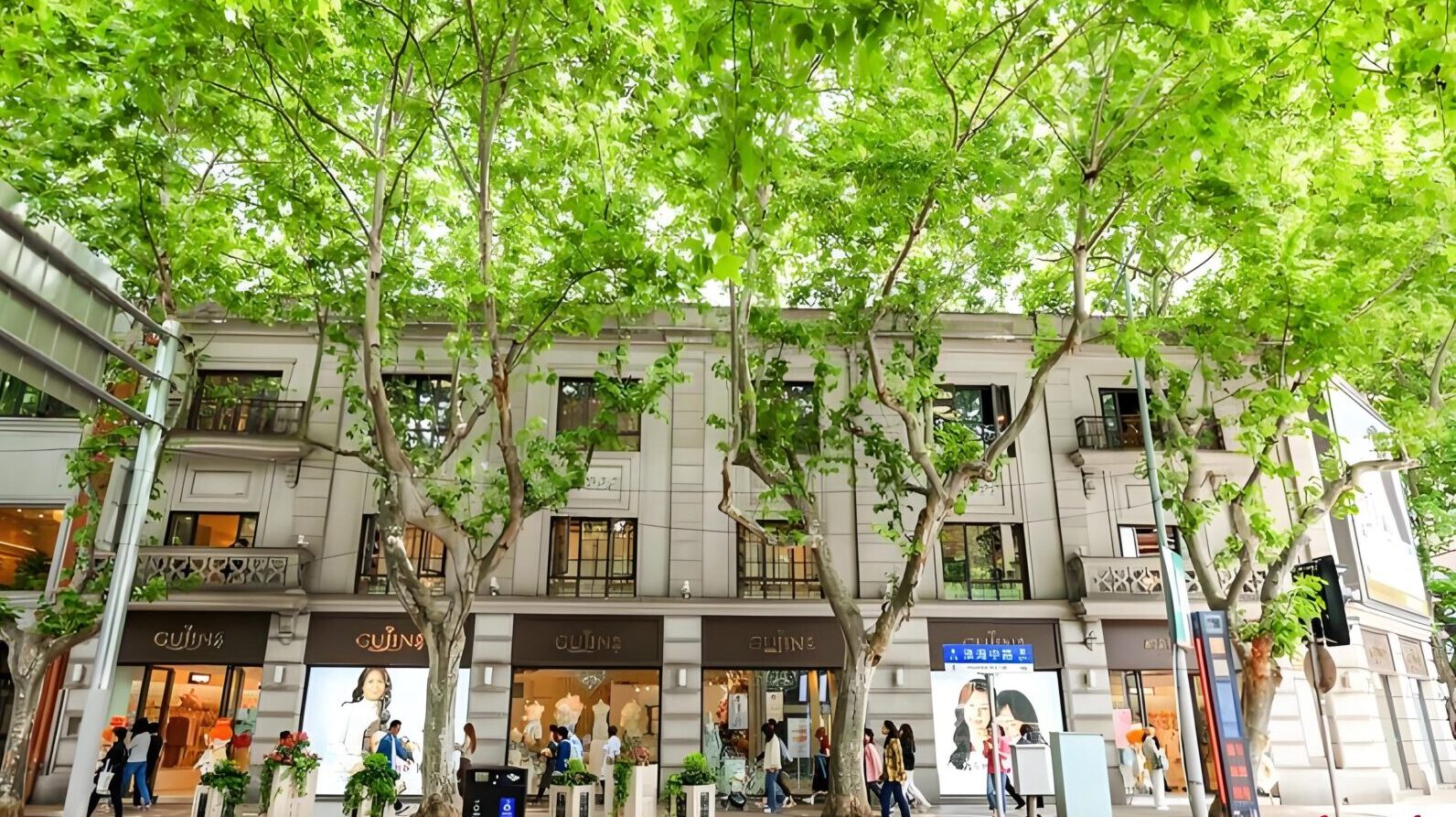Grey bricks and curved eaves whisper the city’s past, winding corridors echo with stories. To highlight the heritage hidden in plain sight, the Shanghai Municipal Tourism Bureau has curated themed Shanghai cultural routes under the idea of “ancient towns + classical gardens + food experiences.” From Yu Garden and the old walled city to the poetic Qushui Garden, and all the way to Zhujiajiao’s Kezhi Garden, these Shanghai cultural itineraries connect gardens, temples, historic buildings, folk crafts, and food traditions. The goal is not just sightseeing but immersing visitors in the living texture of Jiangnan culture, one step at a time.
01 Everyday Wonders, Timeless Walls: Yu Garden + Old City Cultural Walk
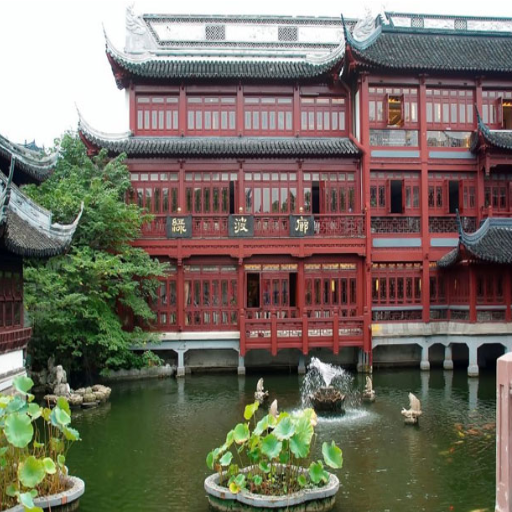
yu garden shanghai
Highlights: This route condenses 700 years of Shanghai’s history. Yu Garden, originally built in the Ming Dynasty, was once the private garden of a wealthy official and still carries the intricate rockeries and pavilions typical of Jiangnan gardens. Nearby, the City God Temple remains an active place of worship, blending religion with lively street markets. The Old City Wall and Confucius Temple connect visitors to traditions of learning and civic life. Expect themes of commerce, religion, and civil exams, layered into the very bones of the city. It’s one of the most classic Shanghai cultural routes for history lovers. For more history and travel tips, check out Yu Garden Shanghai.
Route: Yu Garden → City God Temple → Chenxiang Pavilion → Siming Guild Hall (only the gate and wall remain) → Baiyun Temple → Old City Wall & Dajing Taoist Temple → Confucius Temple
Transport: Metro Line 10 or 14 to Yu Garden Station. Walk or cycle between sites.
Food: Around Yu Garden you’ll find a cluster of classic Shanghai bites—Nanxiang steamed buns, Lvbolang restaurant, and the Old City God Temple snack plaza.
Stay: Renaissance Shanghai Yu Garden Hotel. Foreigners welcome. Price: ¥800–1200 per night.
02 Towers, Temples, and Gardens: Jiading Town + Guyi Garden Historic Trail
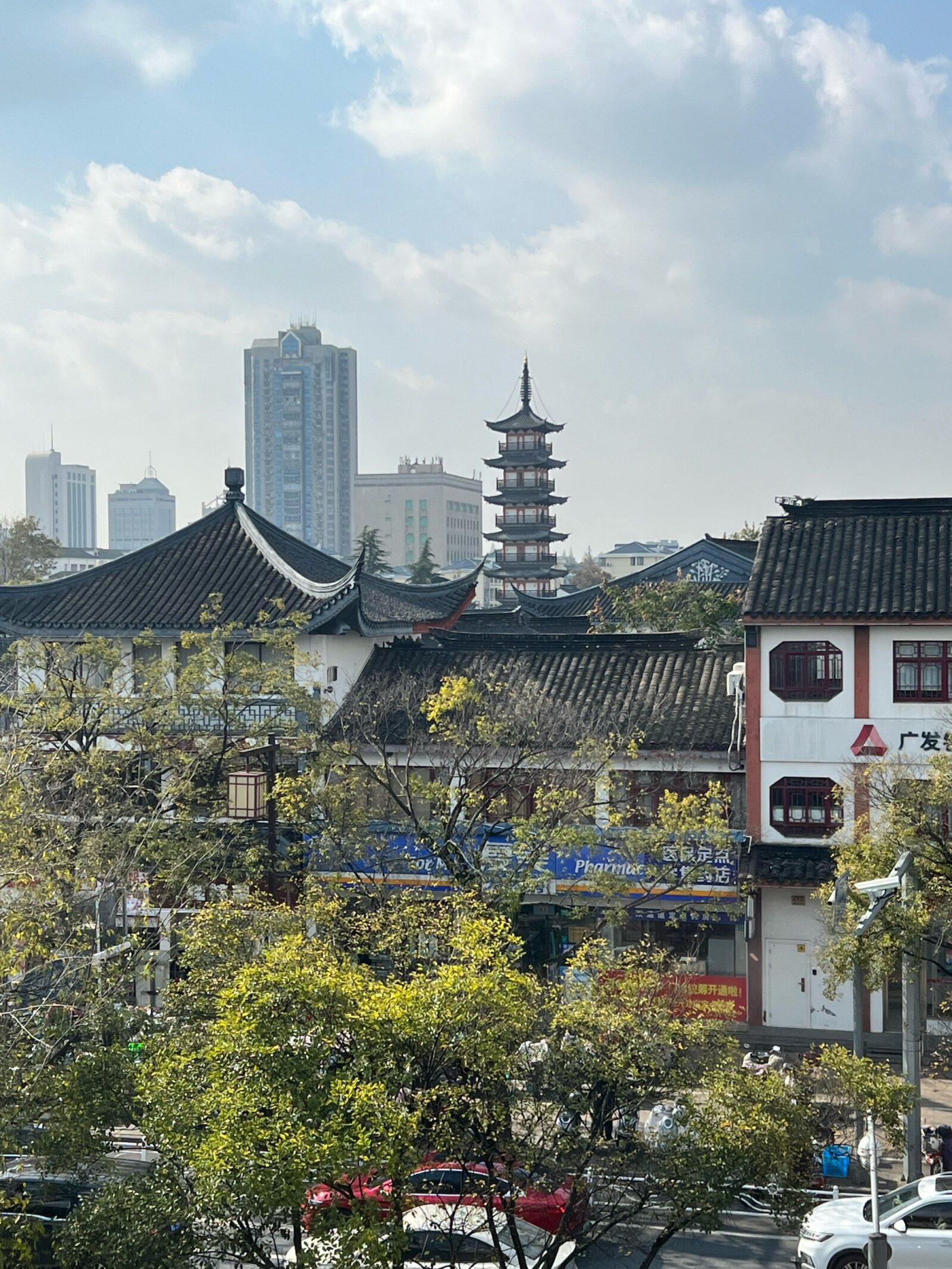
Jiading Town
Highlights: Jiading’s old town tells 800 years of stories, anchored by Fahua Pagoda, which has stood as a landmark since the Song dynasty. Qiuxia Garden, a Ming-era classical garden, showcases winding corridors, ponds, and pavilions that inspired local scholars. The Confucius Temple here is one of the largest in southern China, reflecting the city’s academic roots. This Shanghai cultural itinerary offers a balance of ancient pagodas, scholarly traditions, and local street life.
Route: Fahua Pagoda (Zhouqiao Old Street) → Qiuxia Garden → Jiading Museum → Confucius Temple → Huilongtan → Nanshuiguan Park → South City Wall Park
Transport: Metro Line 11 to Jiading North, then bus Jiading 12 to “Bole Plaza.”
Food: Try Huillongtan rice cakes, tea at Biguang Pavilion, or street snacks like fried dough cakes wrapped in straw paper with pungent garlic tofu.
Stay: Hyatt Place Shanghai Jiading. Comfortable, foreigner-friendly. Price: ¥600–900 per night.
03 Steam, Pagodas, and Storytelling: Nanxiang Town + Guyi Garden Cultural Route

Guyi Garden
Highlights: Nanxiang was once famed as “Silver Nanxiang” for its prosperity during the Ming dynasty. Guyi Garden is one of the five most famous classical gardens in Shanghai, with elegant ponds and bamboo groves. Nanxiang Old Street still preserves its traditional architecture, while the Brick Pagoda dates back to the Five Dynasties period, making it one of the oldest structures in the city. This is a quieter pick among Shanghai cultural routes, with a local flavor that feels authentic and connected to living traditions like xiaolongbao dumplings and storytelling halls.
Route: Guyi Garden → Nanxiang Old Street → Xiaolongbao Museum → Yunxiang Temple → Nanxiang Cultural Exhibition Hall → Tan Garden → Brick Pagoda (Five Dynasties twin towers) → Chaxi Storytelling Hall
Transport: Metro Line 11 to Nanxiang Station.
Food: Home of the iconic xiaolongbao dumpling, plus lamb dishes, river fish, and local medicinal liquors.
Stay: Ansa Hotel Shanghai International Conference Center. Foreigners accepted. Price: ¥500–800 per night.
04 Ancient Poetry in Stone: Zui Bai Chi + Songjiang Old City History Walk
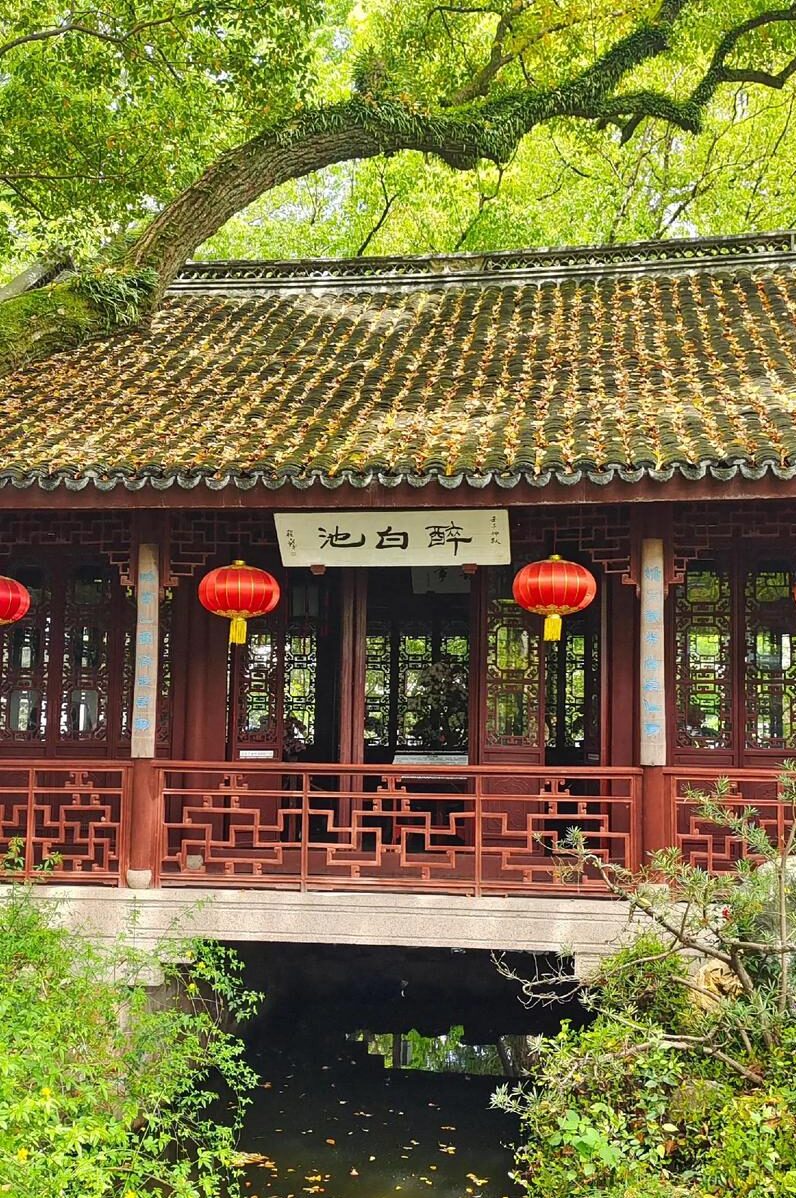
Zui Bai Chi
Highlights: Songjiang, often called “the root of Shanghai,” was once a major political and cultural hub. Zui Bai Chi Garden is one of the oldest existing classical gardens in the city, built in the Song dynasty and admired by poets for its tranquility. The Tang Sutra Pillar and Fangta Pagoda highlight religious devotion and craftsmanship from over a thousand years ago. This route spans from the Tang dynasty to the Qing, showing the city’s role as a cultural hub of the southeast. It’s a must-do for those tracing Shanghai heritage tours.
Route: Zui Bai Chi → Tang Sutra Pillar → Songjiang Government Tower → Fangta Park (pagoda, stone relief walls, Ming-era sculptures, ancestral halls, naval hero shrine) → Songjiang Museum
Transport: Metro Line 9 to Zui Bai Chi Station.
Food: The “Four Flavors of Songjiang” include Yexie rice cakes, Zhangze lamb, perch soup, and Guangli sticky rice dumplings.
Stay: Shanghai Kaiyuan Mingdu Hotel. Price: ¥700–1000 per night.
05 Waterways and Bridges: Qushui Garden + Qingpu Old Town Culture Route
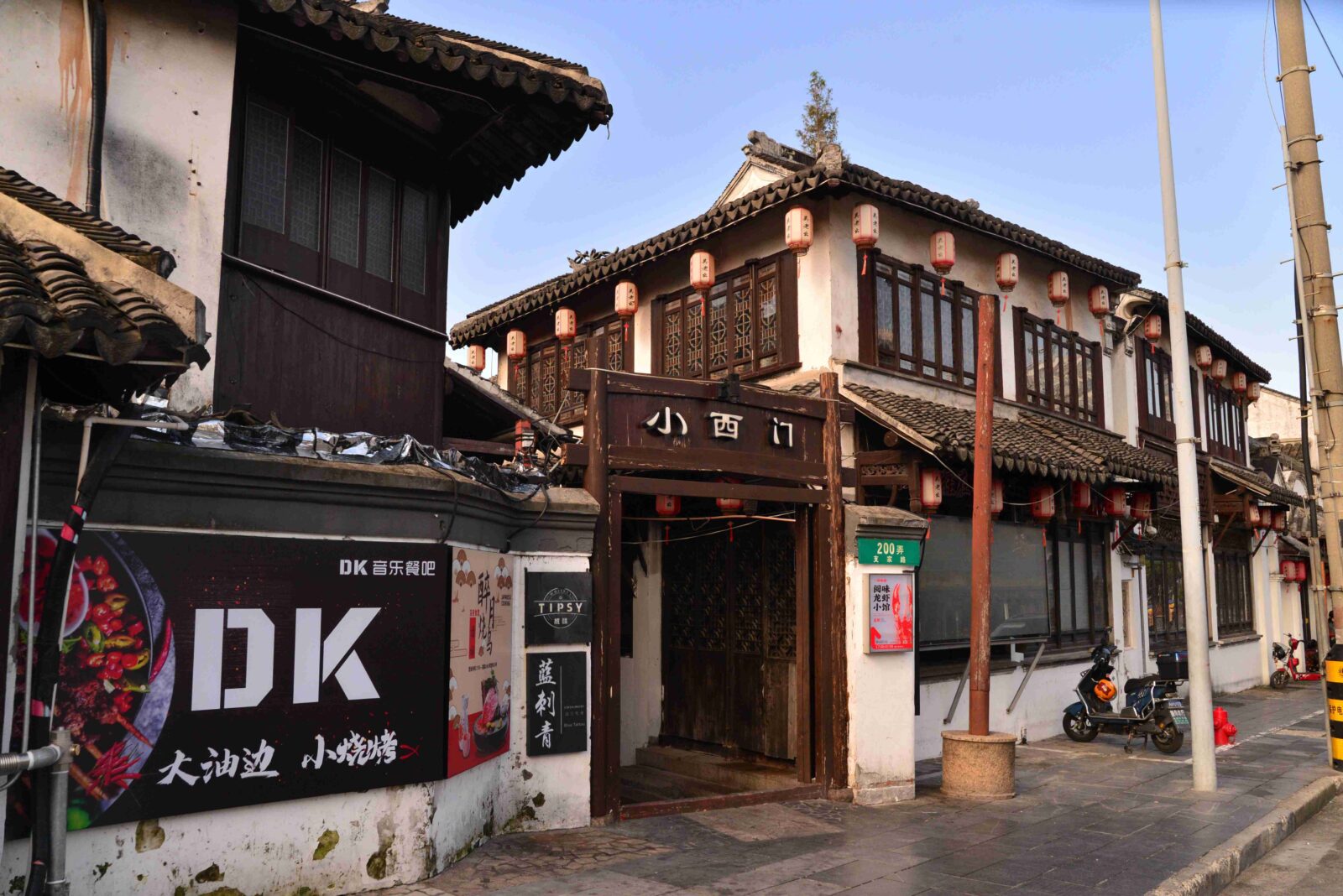
Qingpu Laochengxiang
Highlights: Qingpu is known as the cradle of Shanghai civilization, with archaeological discoveries at the Songze site dating back 6,000 years. Qushui Garden, once a private retreat, captures the charm of Jiangnan gardens with winding water channels. The old city temples and Catholic church represent centuries of cultural exchange, while Qingpu Museum links prehistoric finds with modern displays. This Shanghai cultural route gives a bigger time span than most others, covering both ancient and modern layers of history. Love city walks and hidden stories? Don’t miss 6 Must-See Shanghai Streets.
Route: Qushui Garden → Qingpu City God Temple → Baoqing Temple → Qingxi Garden → Tailaiqiao Catholic Church → Qingpu Museum → Songze Ancient Culture Site & Museum
Transport: Metro Line 17 to Qingpu New Town, then local buses. Some sites best by car.
Food: Freshwater crabs from Dianshan Lake, local bamboo shoots, “Scholar’s Cake” from Jinze, Zhujiajiao pork belly, and fish dishes.
Stay: Ramada Encore Shanghai Qingpu. Price: ¥400–700 per night.
06 Bridges and Temples: Zhujiajiao + Kezhi Garden Riverside Tour
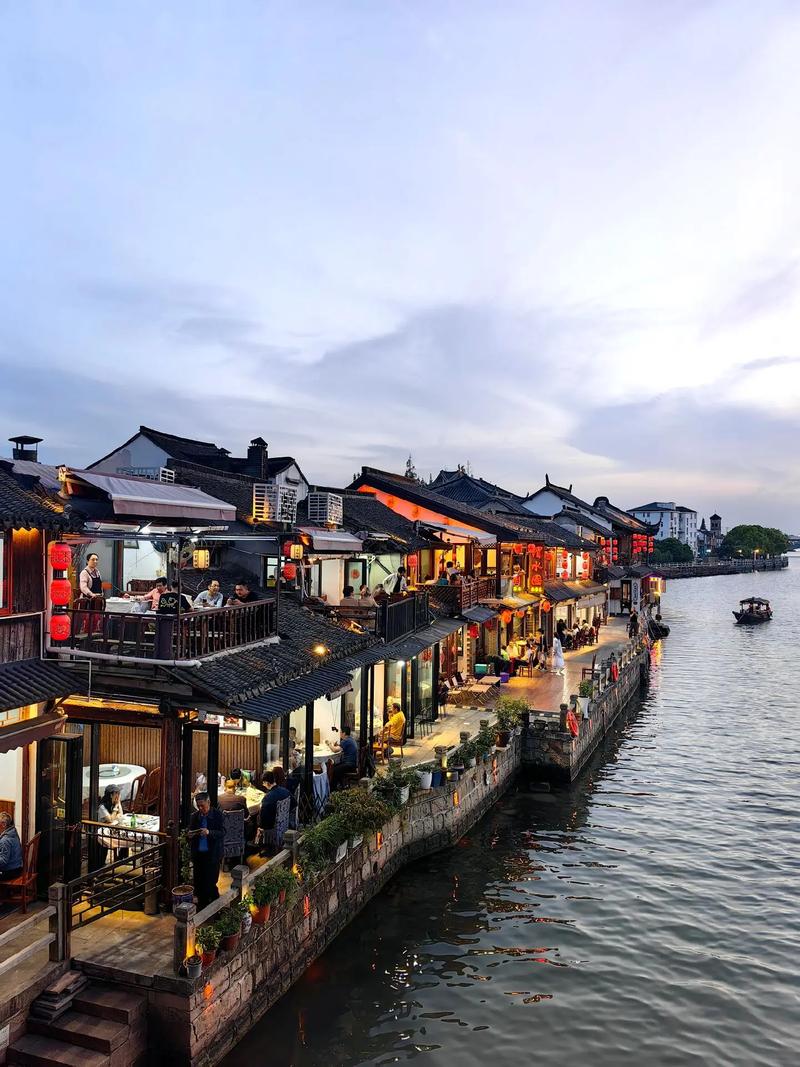
Zhujiajiao
Highlights: Zhujiajiao, known as “the Venice of Shanghai,” is the city’s best-preserved water town with 36 stone bridges and countless canals. Kezhi Garden was built by a wealthy merchant during the Qing dynasty and combines residential buildings with landscaped courtyards. Fangsheng Bridge, the largest stone arch bridge in Shanghai, dates back to the Ming dynasty. Zhujiajiao shows Ming-to-Republic era houses, temples, and tea culture. It’s photogenic but can get crowded on weekends. Many travelers call it one of the most scenic Shanghai cultural routes.
Route: Kezhi Garden → Dongjing Teahouse (Grandma’s Tea) → Fangsheng Bridge → Taian Bridge → Yuanjin Temple → Handalong Sauce Shop → City God Temple → Tongtianhe Pharmacy → Xijia Residence → Old Qing Post Office
Transport: Metro Line 17 to Zhujiajiao Station. Walk or boat.
Food: Local specialties include the “Three Treasures” (braised pork, sticky rice dumplings, preserved tofu), plus herbal teas.
Stay: Royal Tulip Zhujiajiao Hotel. Price: ¥600–900 per night.
07 Crafts and Traditions: Intangible Heritage Tour
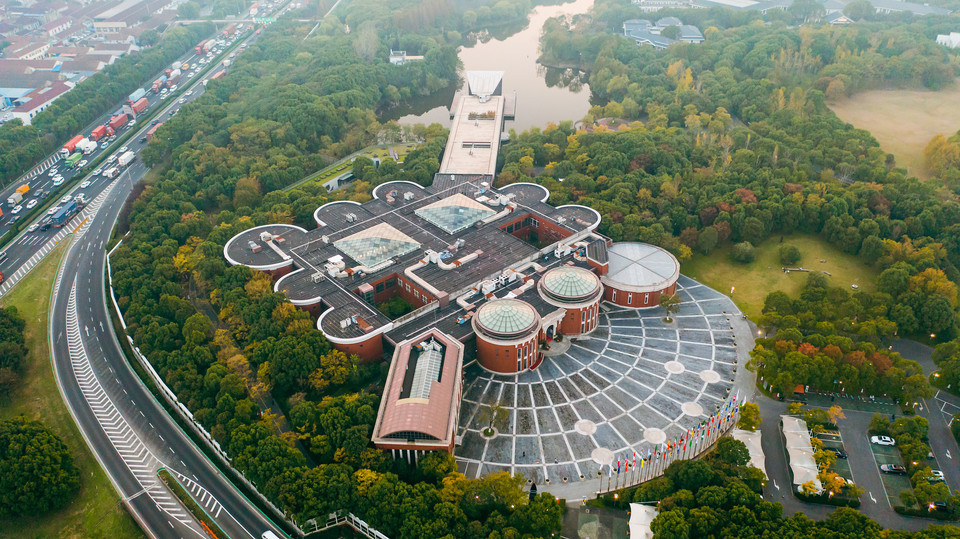
Shanghai Baoshan International Folk Art Expo Hall
Highlights: For those who want more than gardens, Shanghai’s craft museums showcase everything from ivory carving to shadow puppetry. The Arts & Crafts Museum itself is housed in a former French mansion, nicknamed “the Little White House.” At Qibao, shadow puppetry merges folk art, opera, and local dialect into one performance. The Textile Museum stands on the site of an old cotton mill, highlighting Shanghai’s industrial heritage. If you’re into Shanghai cultural tours with a hands-on side, this is ideal, offering both historical depth and active participation.
Route: Shanghai Mass Art Museum (Xuhui) → Baoshan Folk Art Expo → Haogu Art Museum → Arts & Crafts Museum (former French mansion) → Tushanwan Museum → Pen & Ink Museum → Qibao Shadow Puppet Museum → Shanghai Textile Museum → Yexie Intangible Heritage Center → Pudong Cultural Museum
Transport: Most museums are near metro stops; Yexie is better reached by car.
Food: At Yexie, you can try making rice cakes or lamb dumplings with local artisans.
Stay: Pudong Shangri-La Hotel. Price: ¥1200–1800 per night.
08 Museum Day with Kids: Lujiazui + Riverside Walk
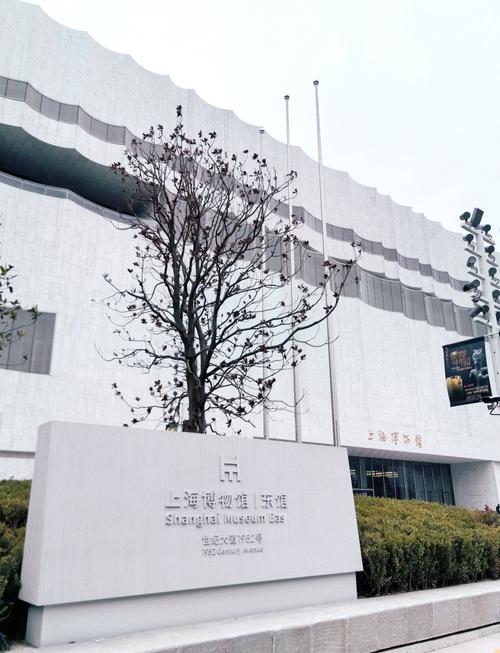
Shanghai Museum (East Hall)
Highlights: The new Shanghai Museum East opened in 2023 and quickly became a landmark. It houses over 200,000 cultural relics, ranging from bronzes to modern art, and provides special workshops for children. Its design emphasizes open space and interactive technology, making it a great place to spend half a day with families. End the day with a stroll along the Riverside Promenade, watching skyscrapers light up and ferries crisscross the Huangpu River.
Route: Shanghai Museum East → Riverside Promenade
Transport: Metro Line 2 or 14 to Lujiazui.
Food: Plenty of choices, from local snacks to upscale restaurants.
Stay: Ritz-Carlton Shanghai, Pudong. Family-friendly. Price: ¥1800–2600 per night.
09 History on the Bund: Sihang Warehouse + Bund Origins
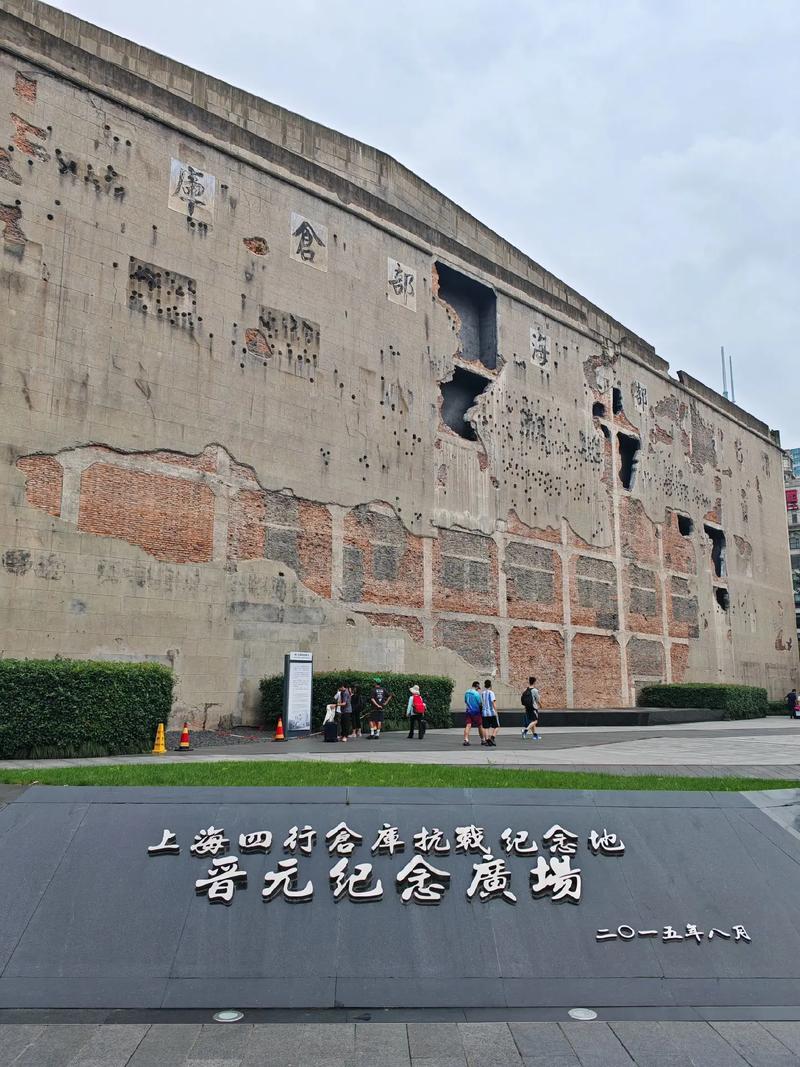
Sihang Warehouse Battle Memorial
Highlights: The Sihang Warehouse Memorial commemorates the Defense of Sihang Warehouse during the Battle of Shanghai in 1937, one of the most famous episodes of the Second Sino-Japanese War. Nearby, the Postal Museum displays vintage stamps and equipment, while the Bund Origins area features the first foreign consulates and churches in Shanghai. Together, these stops connect war history with colonial-era architecture, adding depth to classic Shanghai cultural itineraries.
Route: Sihang Warehouse → Zhapu Bridge → Postal Museum → Bund Origins → Bund waterfront
Transport: Metro Line 1 (Xinzha Rd) or Line 12 (Tiantong Rd).
Food: Cafés and fine dining spots line the Bund.
Stay: Waldorf Astoria Shanghai on the Bund. Price: ¥2000–3000 per night.
10 People’s Square and Nanjing Road: Hotel History + Downtown Walk
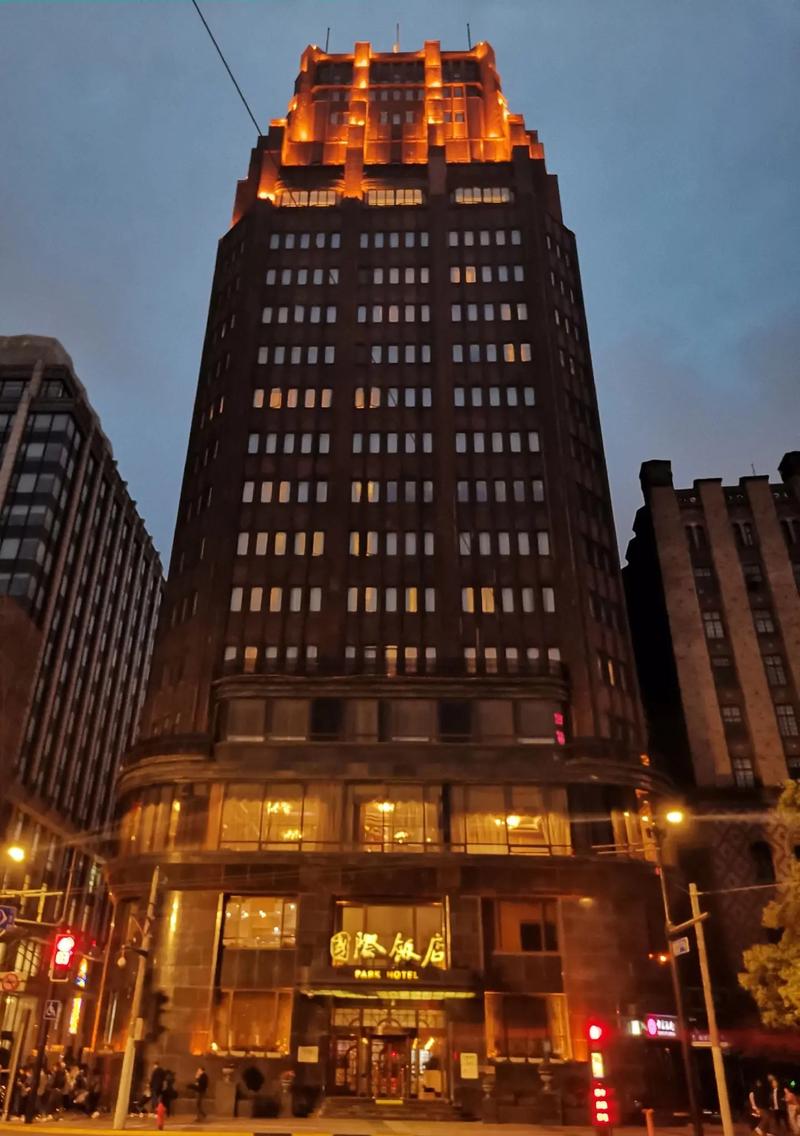
Shanghai Park Hotel
Highlights: Park Hotel, completed in 1934, was once the tallest building in Asia and a symbol of modern Shanghai. Its art deco style still draws architecture enthusiasts today. Nanjing Road, stretching from the Bund to People’s Square, has been the city’s main commercial street for over a century, lined with department stores like Wing On and Central Mall. The Peace Hotel, famous for its green pyramid roof, hosted celebrities from Charlie Chaplin to Noel Coward. For many, this is a mix of shopping and heritage, making it one of the most versatile Shanghai cultural routes.
Route: Park Hotel → Nanjing Road → Peace Hotel
Transport: Metro Line 1, 2, or 8 to People’s Square.
Food: Street snacks and cafés abound.
Stay: Sofitel Shanghai Hyland, right on Nanjing Road. Price: ¥900–1500 per night.
Still planning your trip? Here’s a full guide Shanghai What to Do.
Frequently Asked Questions About Shanghai Cultural Routes
Q: Which Shanghai cultural route is the best choice for families with kids and why?
A: The Museum Day with Kids route (Shanghai Museum East + Riverside) is the most family-friendly. Beyond the modern layout, this museum has interactive exhibits tailored for younger visitors, such as touchscreens and occasional art workshops. Parents appreciate the air-conditioned halls in summer, while children often find the bronze and jade collections surprisingly engaging when presented through kid-friendly guides. Afterward, a walk along the Riverside Promenade is safe and stroller-friendly, with benches for breaks and ice cream stalls nearby. I think kids especially enjoy watching the ferries and seeing the skyline come alive at night—it feels like a reward after a day indoors.
Q: Are the Shanghai cultural routes walkable, or do visitors usually need metro, taxis, or other transport between stops?
A: Many core sites are walkable within each route, but you’ll often need metro or taxi rides between districts. For example, the Jiading route requires both metro and a short bus transfer. In contrast, Yu Garden and Old City spots are easily explored on foot, though the lanes can get crowded. I’d say plan for at least 10,000 steps on any given day, and keep a transport app like Gaode Maps handy. If traveling with kids or seniors, mixing walking with short Didi rides makes the experience smoother.
Q: What is the best season to enjoy Shanghai cultural routes, and how do weather conditions affect the experience?
A: Spring and autumn are the most comfortable for outdoor walking. The temperatures are mild, cherry blossoms or autumn leaves often enhance the scenery, and you can comfortably spend hours outdoors without overheating. Summer can be very hot and humid, making long walks tiring, so indoor-focused routes like museums or intangible heritage tours are better choices. Winter is less crowded and has its own charm, but shorter daylight and occasional drizzle may limit how much ground you can cover. If you don’t mind the chill, though, you’ll often find yourself almost alone in gardens that are usually busy.
Q: Do I need to buy tickets in advance for Shanghai cultural routes, museums, or water towns?
A: For popular spots like Yu Garden or Zhujiajiao, it’s smart to book on Ctrip or official apps. Some museums require free reservations via WeChat public accounts. I’d suggest checking at least a week ahead for water towns during weekends, as same-day tickets might sell out. For museums, the free reservation system can close quickly during holidays, so it’s worth setting a reminder. On the other hand, smaller district museums usually allow walk-ins, making them great last-minute options.
Q: How much should I budget per day when following Shanghai cultural routes, including transport, food, and entrance fees?
A: It varies depending on the route and your travel style. Museum-focused days may only cost ¥50–100 for entrance tickets plus simple meals, and many exhibits are free. Water towns like Zhujiajiao add boat rides, local snacks, and transport, bringing daily expenses closer to ¥200–400. If you prefer sit-down dining or specialty coffee shops, expect a bit more. Families with kids may want to factor in taxis or snacks along the way, while budget travelers can survive on metro rides and street food for surprisingly little.
Q: Are all the hotels along these Shanghai cultural routes foreigner-friendly, and what price ranges can travelers expect?
A: Yes, all recommended hotels are licensed for international guests and have experience handling passport check-ins. Prices range widely from ¥400 in Qingpu district to ¥3000 for riverside Bund hotels. Mid-range options, around ¥800–1500, cover most comfortable stays with English-speaking staff. When booking through Trip.com or Booking.com, you can usually see confirmation that foreigners are accepted, which removes a lot of guesswork.
Q: Can travelers join guided tours for Shanghai cultural routes, and what are the benefits compared to exploring alone?
A: Absolutely. Many of these Shanghai cultural routes have guided options in English on platforms like Trip.com, Klook, or local agencies. Guides often share small anecdotes you’d miss, like why a temple incense burner has mismatched handles or how locals once used the Bund for evening dances. Prices can be as low as ¥150 per person for a half-day walking tour, or higher if you want private transport included. I think guided tours are especially useful for first-time visitors who want context rather than just photos.
Q: Are the popular Shanghai cultural routes and attractions usually crowded, and how can travelers avoid peak times?
A: Yes, especially Yu Garden and Zhujiajiao on weekends and holidays. These places can feel packed by 10 a.m., with tour groups pouring in. The trick is to arrive right when they open, or visit on weekdays if your schedule allows. On the other hand, smaller district museums or the intangible heritage sites often feel nearly empty—you may have whole exhibition halls to yourself. That contrast can actually be refreshing after jostling with crowds in the more famous areas.
Q: Are there any hidden gems or lesser-known Shanghai cultural routes worth exploring?
A: The Intangible Heritage route is less visited but fascinating. You can see shadow puppets in Qibao or learn how ancient looms worked at the Textile Museum in Putuo. The Yexie Intangible Heritage Center lets you try your hand at rice cake making alongside elderly artisans—something not in most guidebooks. These places feel authentic rather than staged, and they’re perfect if you prefer quiet exploration over tourist-packed streets.
Q: Is English signage common along Shanghai cultural routes, and how easy is it for non-Chinese speakers to navigate?
A: Increasingly so. Major museums and tourist sites have bilingual signs and English brochures, especially in central districts. Suburban spots like Yexie or Songjiang may only have Chinese explanations, which is where translation apps or guided tours help. Public transport signs are consistently bilingual, so you’ll never struggle to navigate the metro. Still, don’t be surprised if small food stalls or ticket booths only display Chinese characters—that’s part of the local flavor, and pointing or showing a screenshot usually works fine.

